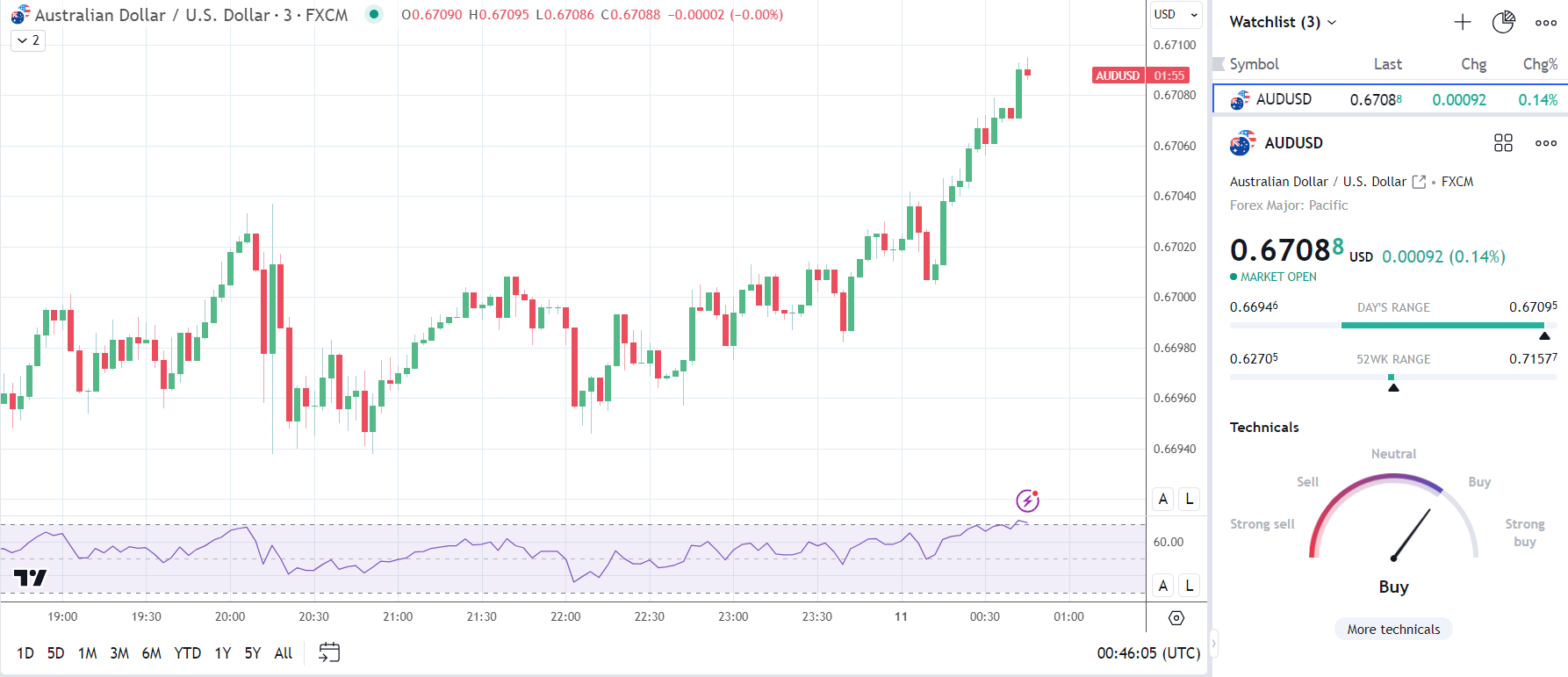
The trade surplus in Australia expanded in November. Nevertheless, a significant decrease in imports overshadowed an increase in exports.
Recent Australian trade data has garnered investor attention due to its potential impact on the macroeconomic environment. Improving trade terms could signify positive changes. Any upturn in demand might influence the RBA's monetary policy objectives, especially following the latest retail sales figures.
Australian Trade Surplus Widens in November
The Australian trade surplus expanded from A$7,660 million to A$11,437 million in November, surpassing economists' forecast of A$7,500 million.
Key Highlights from ABS Report
Implications and Concerns
The increase in exports sends a positive signal for the Australian economy. However, the decline in imports across major categories raises concerns about the future demand outlook. The Australian trade-to-GDP ratio exceeds 50%, with around 20% of the workforce employed in trade-related roles.
Preceding the release of Australian trade data, the AUD/USD pair declined to a low of $0.66946, then climbed to a peak of $0.67042.
In reaction to the trade data, the Australian dollar dropped to a low of $0.67056 before rallying to a high of $0.67095.
By Thursday, the Aussie dollar had increased by 0.14% to reach $0.67088.

110124 AUDUSD 3 Minute Chart
Later today, investors will closely monitor the US CPI Report and weekly jobless claims, straining the possibility of a March Fed rate adjustment due to potential shifts in US inflationary pressures.
According to economists, the core inflation rate is anticipated to ease from 4.0% to 3.8%. Conversely, the US annual inflation rate is projected to climb from 3.1% to 3.2% in December.
Furthermore, attention is warranted for US jobless claims as labor market dynamics continue to be pivotal for the Fed. Economists expect initial jobless claims to rise from 202,000 to 210,000 for the week ending January 6.

Subscribe to our daily newsletter and get the best forex trading information and markets status updates
Trade within minutes!
Comment (0)